Introduction To The Photography Backdrop Material
Fabric Backdrops
1.Canvas Backgrounds
Made of moderately thick, heavy material, canvas used to be the most popular among photography backdrops. However, due to its bulk and cost, it has been overshadowed by muslin backdrops in terms of popularity. Nevertheless, a good canvas backdrop will last a long time and provide a classy look to your shots. While you can bring canvas photo backdrops with you, they’re best suited for studio work since they easily wrinkle when stored in a duffel bag.

Features: thick, heavy and cost, but it is one of the most durable materials for photography backdrop, often used in studio. And it is undeniable that the portraits taken with the canvas backgrounds is pretty good, especially hand painting canvas backdrops.
2.Muslin Backgrounds
Muslin is a popular portrait background material as it is lightweight, relatively low cost, and highly versatile. For portrait photographers, muslin backdrops are essential for studio work.
One of the best backdrops for photography purposes, muslin is a lightweight material that can be used as a solid-looking background when hung flat or can be draped over surfaces to transform the look of a picture. Because of the fabric characteristics, its folds (when draped over objects) can be very appealing.
It is also considerably thinner and lighter than canvas and doesn’t wrinkle as easily. By manipulating how it hangs and using directional background lighting techniques, you can use muslin either as a neutral background or a very dramatic one.

Features: wrinkled, thin. But it's light and affordable than canvas.
3.Cotton Backgrounds
Cotton is a great photo background because it works well with the subject, especially if the lighting is properly set up. Also, if you want a studio backdrop that’s perfect for traveling, invest in a cotton fabric backdrop. It’s portable and easy to transport, set up, and collapse. It varies in size, too, so make sure to pick the right one before going to your location.

Features: cotton backgrounds is lighter than canvas backgrounds and anti-wrinkle than muslin backgrounds, and it's price also affordable. Besides, the cotton backgrounds can be washed and ironed.
4.Polyester Backgrounds
Like other photo studio backdrop materials, polyester also comes in various sizes and colors. An advantage of this fabric is that it’s wrinkle-free. If there are heavy wrinkles, it can easily be removed by warm ironing from the back or by steam ironing it when it’s hung. It also includes rod holes that are perfect for hanging, especially if you don’t have a place to store it after use.

Features: anti-wrinkle, But it's a little reflective than canvas, muslin and cotton backgrounds.
5.Stretch Knit
With stretch knit fabric as your photo backdrop, you won’t have to worry about wrinkles. You just have to stretch it, and those creases will simply straighten out and you can proceed with your photo shoot.
This kind of fabric is also easy to wash, as it can be cleaned using a washing machine. Its flexibility can provide a variety of looks, depending on your desired setup.

Features: stretchable. But only suitable for wide background, not for close-up.
6.Velour Backgrounds
Velour is a type of woven fabric that is perfect to use as theater curtains and stage draping. Just like other types of backdrops, it also varies in size, color, and weight, depending on its purpose.
This kind of fabric has an amazing quality that absorbs light from flashes around the studio. It enables you to have a pitch-black (if using black velour) portrait background that will not reflect the light from your flash or lighting equipment. This way, you don’t have to worry about the direction of light affecting the background because it leaves no detail.
Since this fabric is similar to velvet, it can attract dust (and hair) over time, but what’s great about it is that it’s not too hard to clean. Just dust it off and maybe use some sticky tape (for specific parts) to make it look brand new again.

Features: absorbs light from flashes around the studio. But this backgrounds is more expensive than others.
Seamless Paper
Seamless background paper comes in rolls, with typical widths of 26, 53, 107, and 140 inches (though some wide widths are available). Rolls are usually 12, 35, or 50 yards long. It is generally available in solid colors, and prices range from around $15.00 for short 26-inch rolls to around $190.00 for 107-inch x 50-yard wide rolls.
The most popular color for seamless paper is white—no surprise—and the most popular width is 107 inches (a 12-yard roll of 107-inch-wide paper costs around $35.00). This paper is mostly used as a portrait background, as well as for product or still life photography in smaller sizes.
Most studio photographers keep several different rolls of seamless white paper available because it’s so flexible (you can cut it to fit) and inexpensive. Prices range from only $15.00 for a 26-inch x 12-yard roll to $190.00 for a 140-inch x 34-yard roll.
One thing to remember is that though this type of photo background is durable, it must be handled with care, especially while setting up. Don’t forget that seamless paper backgrounds are still made up of paper and can get ripped or torn from excessive force.
Another problem with seamless paper backgrounds is that they are not very portable. Since you buy them in rolls, they are not the easiest backdrops to carry with you for outdoor photo shoots. Also, they can easily get wet, dirty, or punctured by sharp objects, such as the heels of your model’s shoes.
Overall, seamless paper is a great backdrop for emerging studio photographers to start with. Get a roll or two of this kind of background, and start with white and/or gray. You can build your collection from there as assignments warrant specific colors.

Features: It is difficult to store, easily wrinkled and reflective. But this is indeed the cheapest backgrounds.
Vinyl Backgrounds
Vinyl backdrops are thick, rolled and durable, and are recommended for professional studio work. They generally come in solids, but there are a few with printed patterns that can be very inexpensive. And most vinyl backgrounds have a glossy sheen, it’s reflective!!!
The biggest advantage of vinyl backgrounds is that they are washable (usually with a damp sponge) and reusable, resulting in less waste. Rolls are typically rolled up for storage to prevent wrinkles or tears and are hung from background poles.
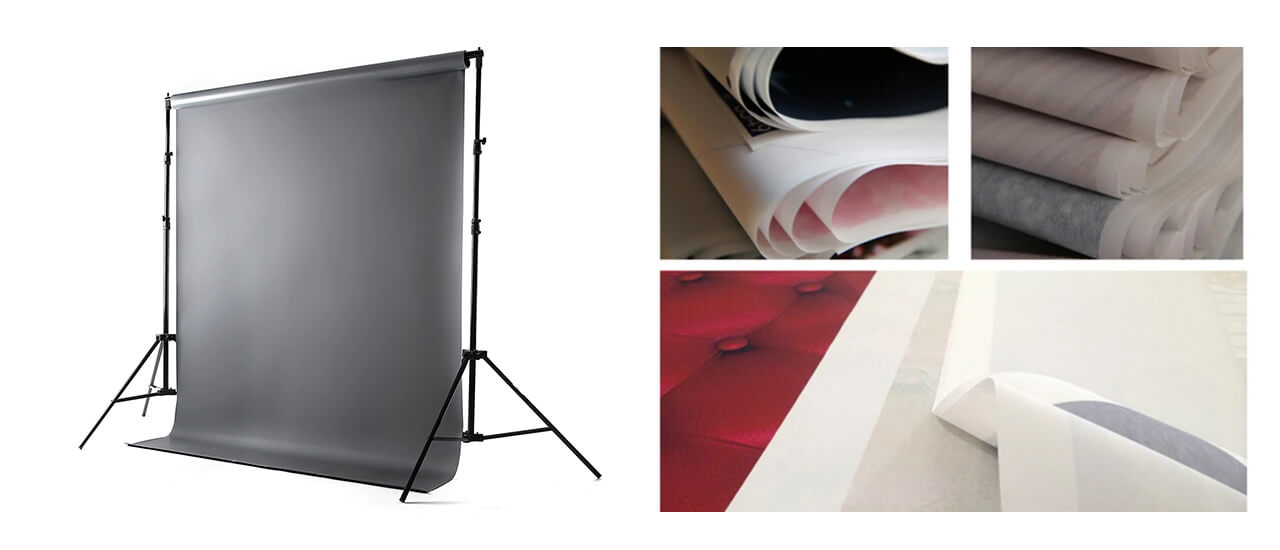
Features: easily wrinkled and reflective. But it's durable, affordable and very easy cleaning, usually used in food photography.

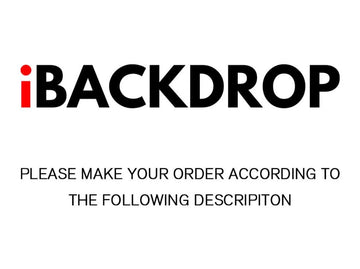
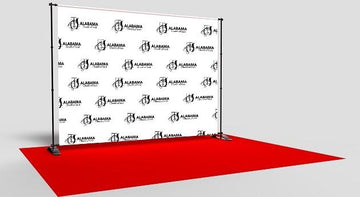
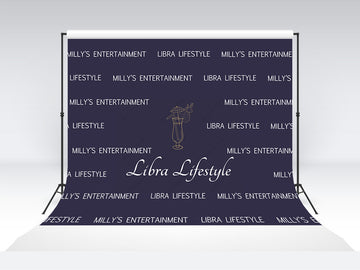
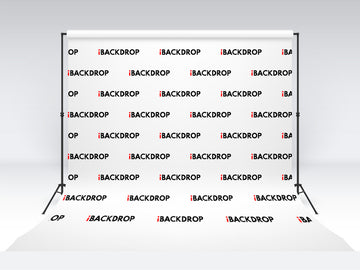
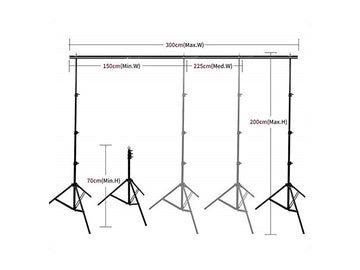
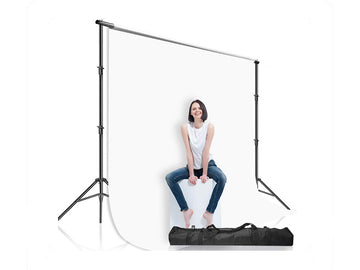
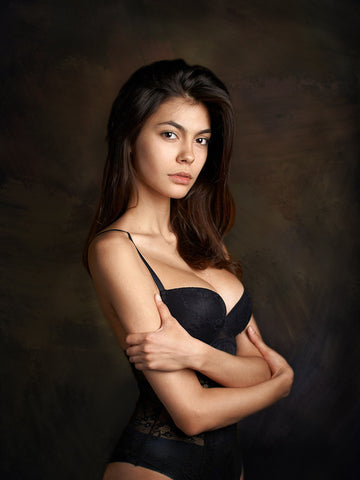
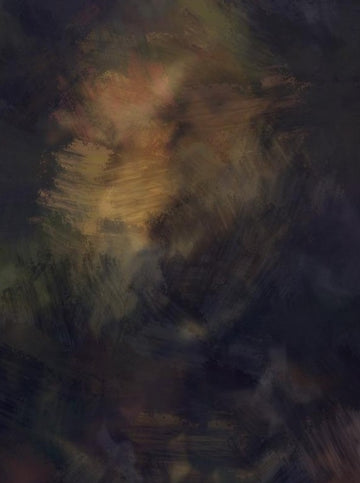



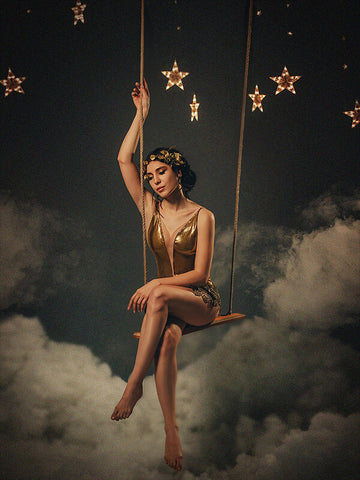
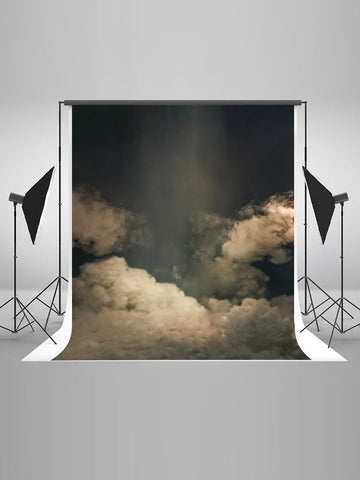


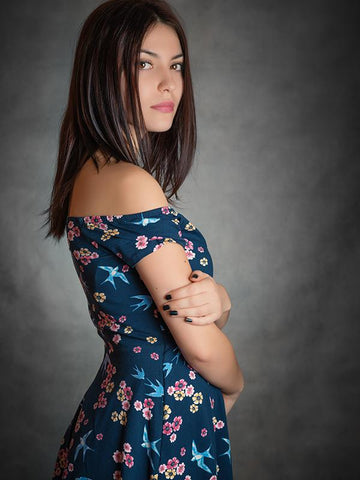
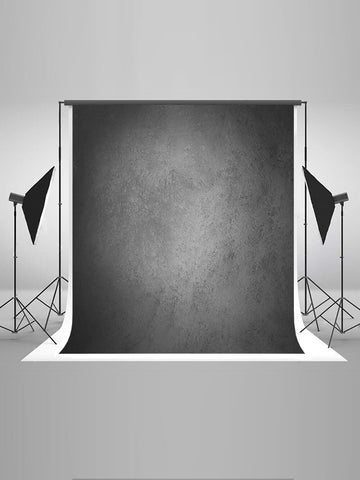








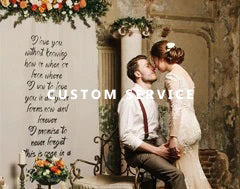
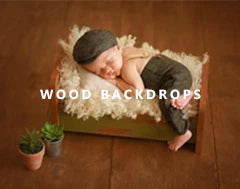
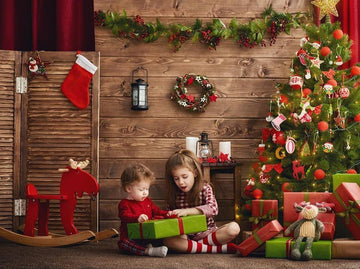
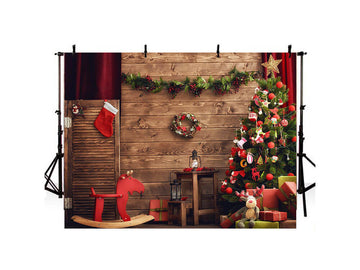
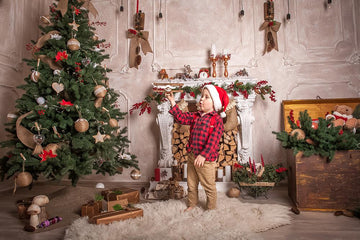
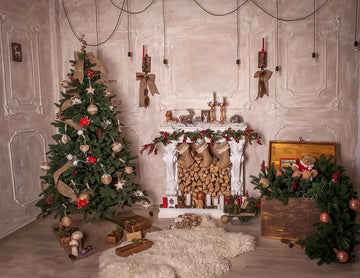
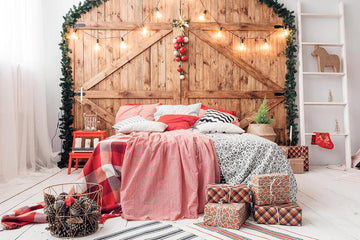







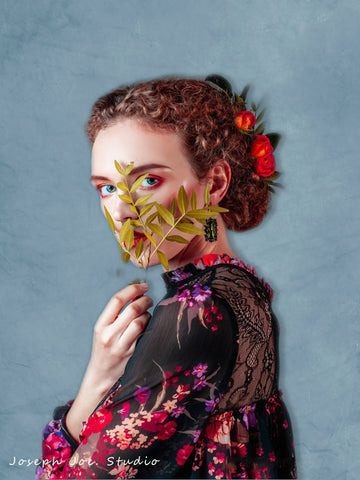
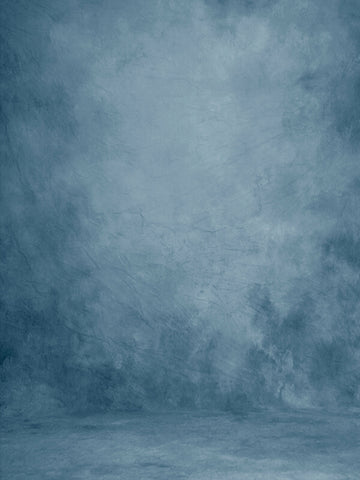
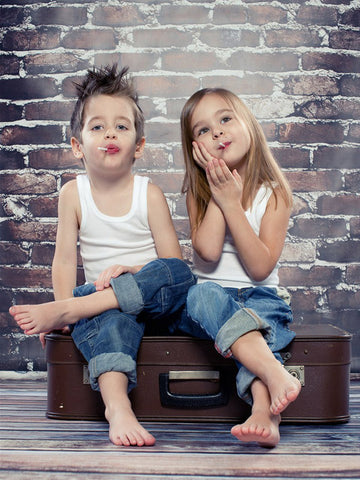
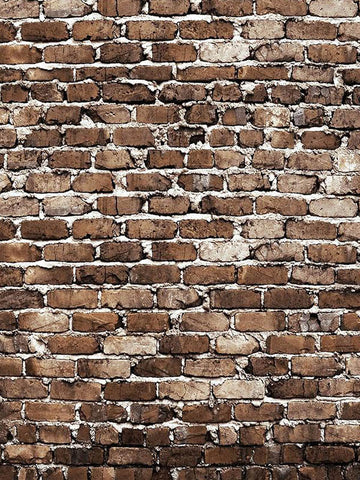
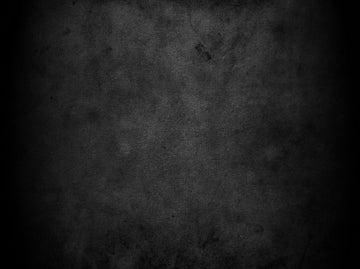
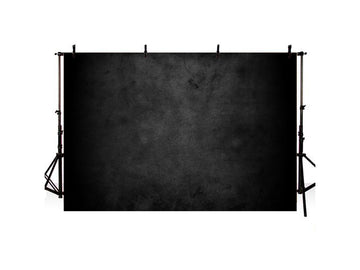
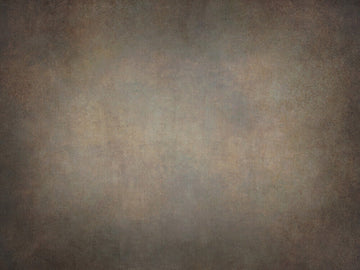
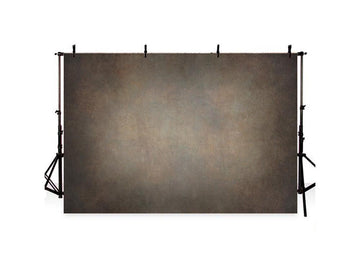
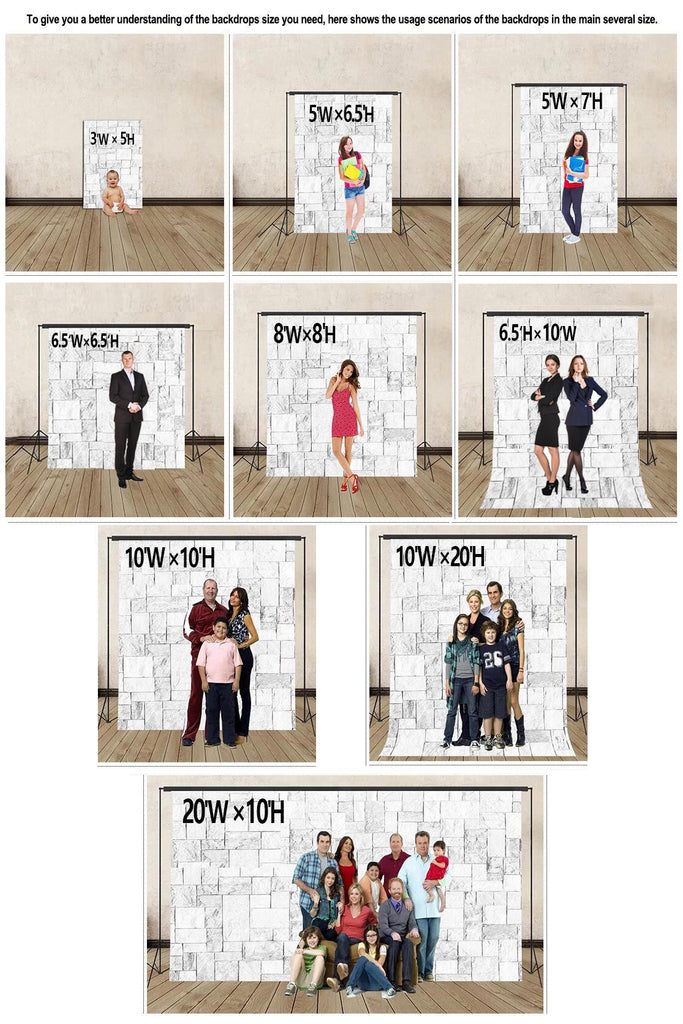

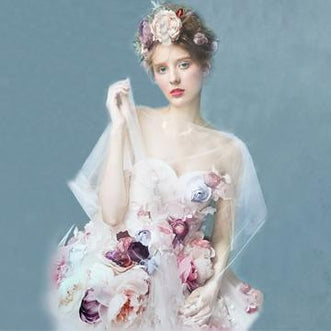
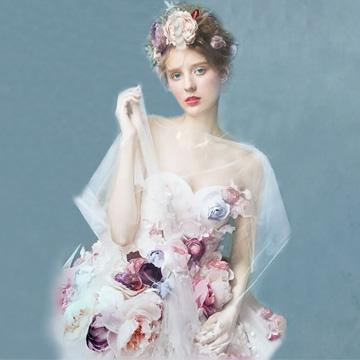
Доставка алкоголя якутск
[url=https://lowflex.site]музыка mp3 хорошее качество[/url]
[url=https://theritm.site]музыка онлайн слушать 2021[/url]
[url=https://truesound.site]песни mp3[/url]
[url=https://starmus.site]песнь песней текст[/url]